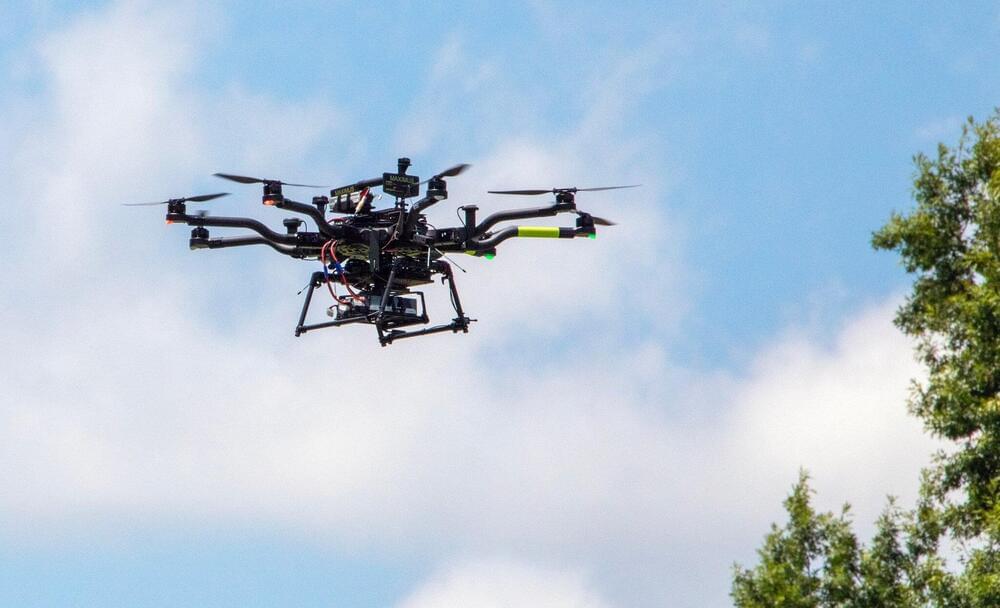This is a great invention.
Professor Mike Wooldridge asks: what is artificial intelligence? He compares how AI works and learns with how the human brain functions. Exploring the roots of AI, Mike reveals how Alan Turing devised the Imitation Game – a test of whether a machine answering a series of questions could pass as a human. The audience in the lecture theatre play a real-life version of the game to find out if AI can pass this test today. In this lecture, Mike examines real-life neurons in action and explains how artificial neural networks are inspired by neural structures in the brain. To demonstrate how AI learns, we watch drones as they are trained to recognise and fly through structures in the lecture theatre autonomously. AI exploded into the public consciousness in 2022 with the release of ChatGPT and boasts around 100 million monthly users. Mike unravels the mystery of how large language models like ChatGPT work, and he finds out if one day this technology — along with a whole suite of different AI tools — will allow us to understand the animals we share this planet with. The Christmas Lectures are the most prestigious event in the Royal Institution calendar, dating from 1,825, when Michael Faraday founded the series. They are the world’s longest running science television series and always promise to inspire and amaze each year through explosive demonstrations and interactive experiments with the live theatre audience.\
\
Subscribe and 🔔 to the BBC 👉 https://bit.ly/BBCYouTubeSub\
Watch the BBC first on iPlayer 👉 https://bbc.in/iPlayer-Home\
\
All our TV channels and S4C are available to watch live through BBC iPlayer, although some programmes may not be available to stream online due to rights. If you would like to read more on what types of programmes are available to watch live, check the ‘Are all programmes that are broadcast available on BBC iPlayer?’ FAQ 👉 https://bbc.in/2m8ks6v.



